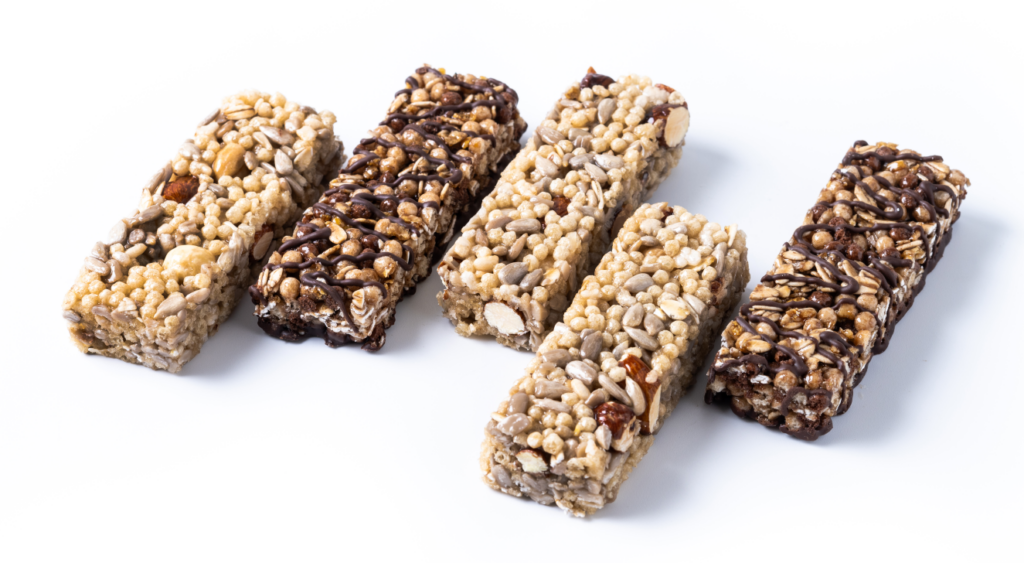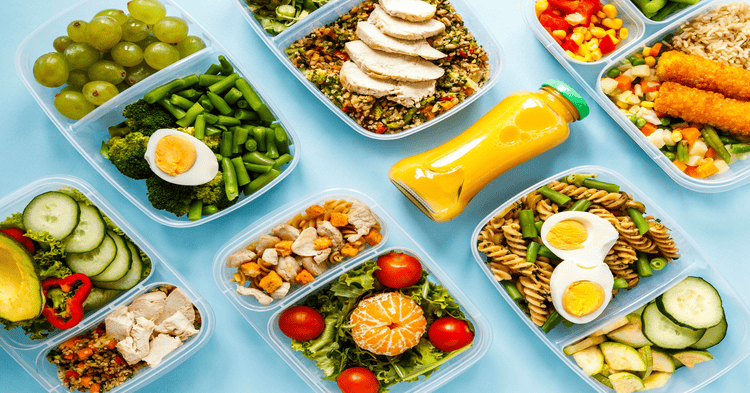Originally published September 2024
By Nupur Bagoria
Back-to-school season is in full swing and you can feel the excitement bubbling among the educators and students alike. For teachers, diving back into the swing of things can be both thrilling and challenging. Balancing multiple hats while keeping up your energy can feel overwhelming—especially when it comes to prepping snacks and meals. Sometimes, it’s easy to lose track of a nutritional diet when you’re busy, and finding the right balance between homemade and store-bought snacks can be a struggle.
We reached out to some nutrition experts for their prime snacking tips tailored specifically to educators. Kyle Byron, a nutrition coach at Kyle Byron Nutrition acknowledges that teaching is a physically demanding profession.

“At minimum, a teacher will burn a few hundred extra calories from standing and sitting upright,” he says. “At most, a primary teacher or gym teacher will burn 1000–1500 calories a day from all the kneeling and running around. Being cognitively sharp and emotionally resilient also requires eating consistently. Therefore, snacking at work is required for a teacher to feel their best.”
The Importance of Protein
Byron recommends making sure your snacks include protein. “This is not negotiable. [Protein] provides satiety, amino acids for tissue turnover, and improves energy levels,” he explains. “Convenient proteins include mini cans of tuna, beef jerky, cottage cheese, Greek yogurt, hard-boiled eggs, or leftover meat. Pair it with something appealing to you, like fruit, nuts, or a processed carb. If fat loss is one of your goals, [add] vegetables.”
Protein is one of the easiest nutrients to get and can be found in many forms. Plus, no matter your diet, whether you’re vegan or vegetarian, there are plenty of protein-rich options available.

For those who are always on the go, Trista Chan, a registered dietitian at The Good Life Dietitian shares some fantastic ideas for convenient protein and fibre-rich snacks: “Greek yogurt with berries and nuts, hummus and veggie sticks or whole grain crackers, roasted edamame or wasabi peas, roasted chickpeas, nut butter packs with apple slices or celery, hard boiled eggs and fruit. [They’re] perfect for teachers who need quick, satisfying options to fuel them during their busy schedules.”
If ease of access is important, you may prefer protein bars for nutrition and enrichment. However, the variety on the market can be overwhelming. If you’re considering this option, Byron suggests “you can enjoy a power bar like RXBARS. But they are expensive, have a lot of sugar, and are low fibre. There are no bars on the market that I recommend over real food. But a bar is better than starving, and it’s fast and easy.”
Chan also offers some advice for choosing the right protein bar. “Read labels for more protein, fibre, and 6g or less of sugar.” Additionally, she suggests convenient and portable snacks, such as:
Stay Hydrated!
Byron also emphasizes the importance of hydration. “Snacks aside, if you want the best energy levels, you need to prioritize hydration,” he advises. “Drink a lot of water before breakfast and you’ll only need sips throughout the day to stay hydrated. Unless you are sweating, which can cost us as much as two liters per hour! How do you know if you’re hydrated? Urination frequency should be about every two hours.”

Finding the right snacks and staying hydrated can make a world of difference for teachers balancing the demands of their profession. By incorporating protein-rich snacks and keeping up with hydration, you’ll be better equipped to handle this busy back-to-school season.

